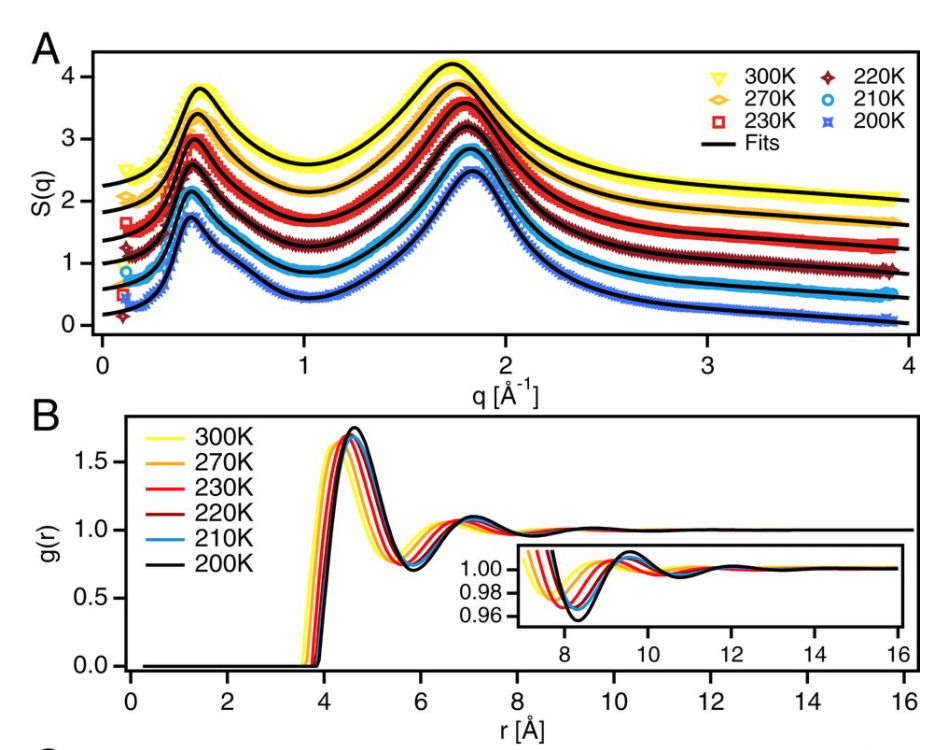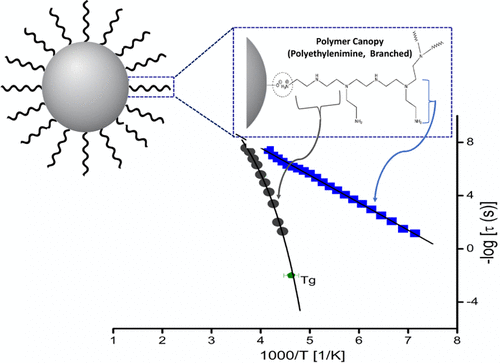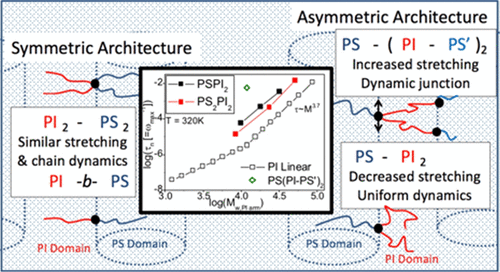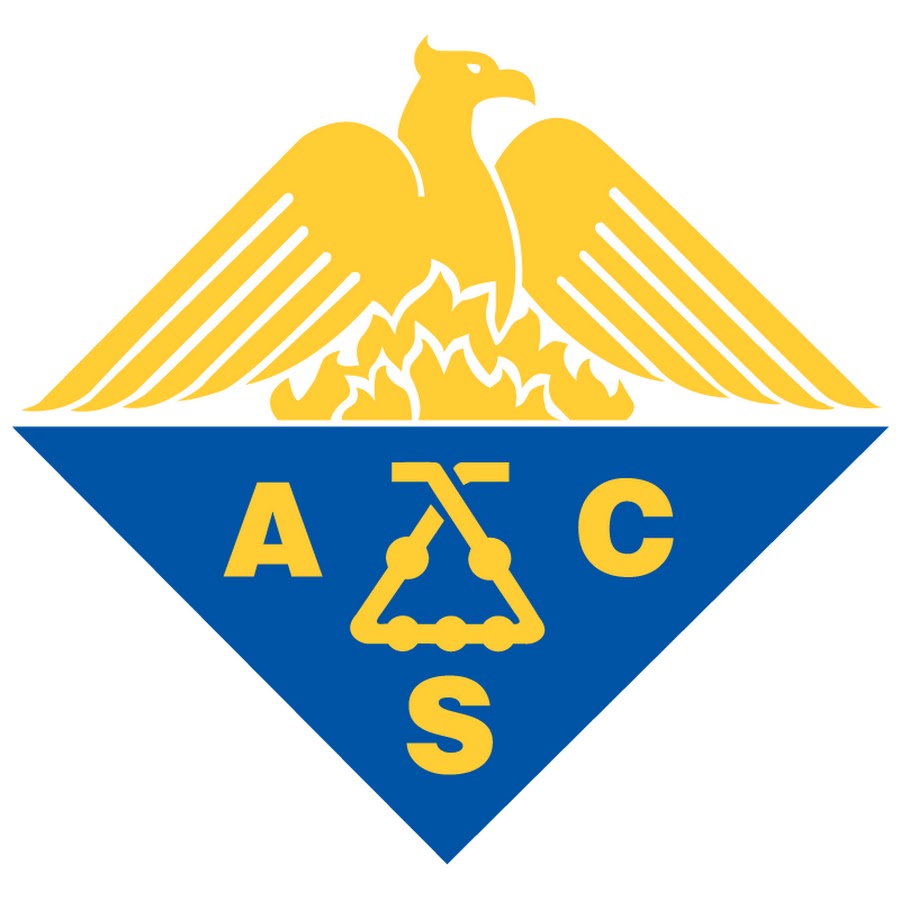Recent News
April 20th, 2021
 Congratulations
to Dr. Joshua Sangoro for receiving a Professional Promise in
Research and Creative Achievement Award from UTK!
Congratulations
to Dr. Joshua Sangoro for receiving a Professional Promise in
Research and Creative Achievement Award from UTK!
April 8th, 2021
March 16th, 2021
 Congratulations
to Matthew Harris ofor having his recent article published in
Proceedings of the National Academy of Sciences of the United
States of America!
Congratulations
to Matthew Harris ofor having his recent article published in
Proceedings of the National Academy of Sciences of the United
States of America!
February 16th, 2021
Evidence of a liquid-liquid transition in a glass-forming ionic liquid
Proceedings of the National Academy of Sciences, 2021, 118(11), e2020878118.

A liquid-liquid transition (LLT) is a transformation from one liquid to another through a first-order transition. The LLT is fundamental to the understanding of the liquid state and has been reported in a few materials such as silicon, phosphorus, triphenyl phosphite, and water. Furthermore, it has been suggested that the unique properties of materials such as water, which is critical for life on the planet, are linked to the existence of the LLT. However, the experimental evidence for the existence of an LLT in many molecular liquids remains controversial, due to the prevalence and high propensity of the materials to crystallize. Here, we show evidence of an LLT in a glass-forming trihexyltetradecylphosphonium borohydride ionic liquid that shows no tendency to crystallize under normal laboratory conditions. We observe a step-like increase in the static dielectric permittivity at the transition. Furthermore, the sizes of nonpolar local domains and ion-coordination numbers deduced from wide-angle X-ray scattering also change abruptly at the LLT. We independently corroborate these changes in local organization using Raman spectroscopy. The experimental access to the evolution of local order and structural dynamics across a liquid–liquid transition opens up unprecedented possibilities to understand the nature of the liquid state.
Localized and Collective Dynamics in Liquid-like Polyethylenimine-Based Nanoparticle Organic Hybrid Materials
Macromolecules 2021, 54, 5, 2296-2305.

Broadband dielectric spectroscopy, rheology, and nuclear magnetic resonance spectroscopy are employed to study molecular dynamics in a nanoparticle organic hybrid material (NOHMs) system comprising 20 wt % silica nanoparticles ionically bonded to a polyethylenimine canopy. By comparing the neat polymer (used as a canopy) to the derivative NOHMs, we find that timescales characterizing segmental dynamics in the NOHM are identical to those for the neat polymer. Detailed analysis of the carbon-spin lattice relaxation times yields mechanistic insights into localized and collective dynamics, in quantitative agreement with dielectric results. Interestingly, the NOHMs retain liquid-like characteristics unlike conventional polymer nanocomposites but exhibit higher viscosity due to additional contributions from tethered polymer chains and mesoscopic structuring. These findings demonstrate the potential of achieving unique and desired material properties via NOHMs by an informed choice of the canopy material.
Effects of Asymmetric Molecular Architecture on Chain Stretching and Dynamics in Miktoarm Star Copolymers
Macromolecules 2021, 54, 1, 183-194.

We use broad-band dielectric spectroscopy (BDS) and small-angle X-ray scattering (SAXS) to investigate the impact of architectural asymmetry in the miktoarm star copolymer on the dielectric polymer relaxations. The miktoarm copolymers studied contain one or two polystyrene (PS) chains of constant molecular weight and two identical poly(cis-1,4-isoprene) (PI) chains with varied molecular weights. Using the chains in the PI block as dielectric probes, we find that the architecturally asymmetric miktoarm star copolymer systems (PSPI2) feature distributions in chain relaxation times and dielectric relaxation strengths that are not dependent on molecular weight or morphology, in stark contrast to the effects of morphological confinement observed for symmetric diblock systems (PS-b-PI or PS2PI2). Along with evidence from the SAXS measurements regarding phase separation, these results are attributed to influences from chain stretching within the framework of the Gaussian chain model for block copolymer systems. As such, the molecular architecture in block copolymers happens to be a versatile handle to control polymer chain dynamics and, ultimately, the macroscopic physicochemical properties in architecturally complex polymers.







